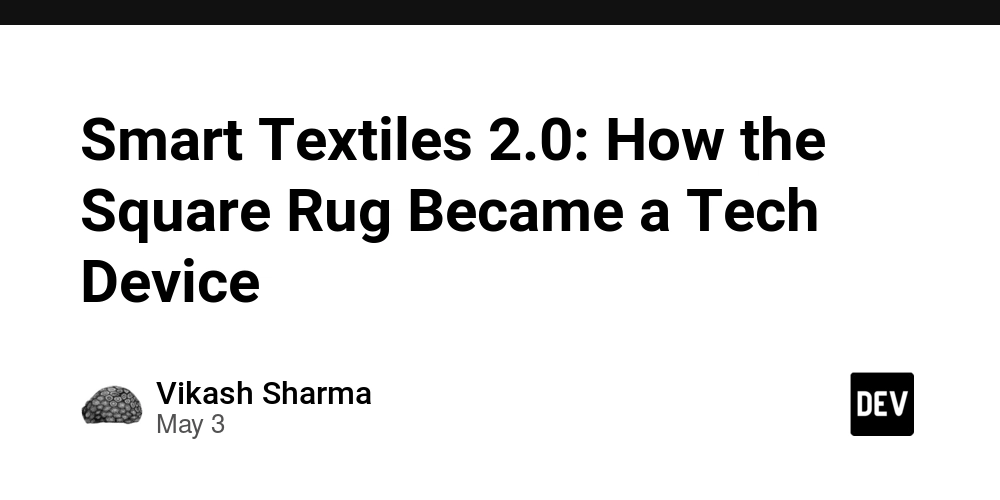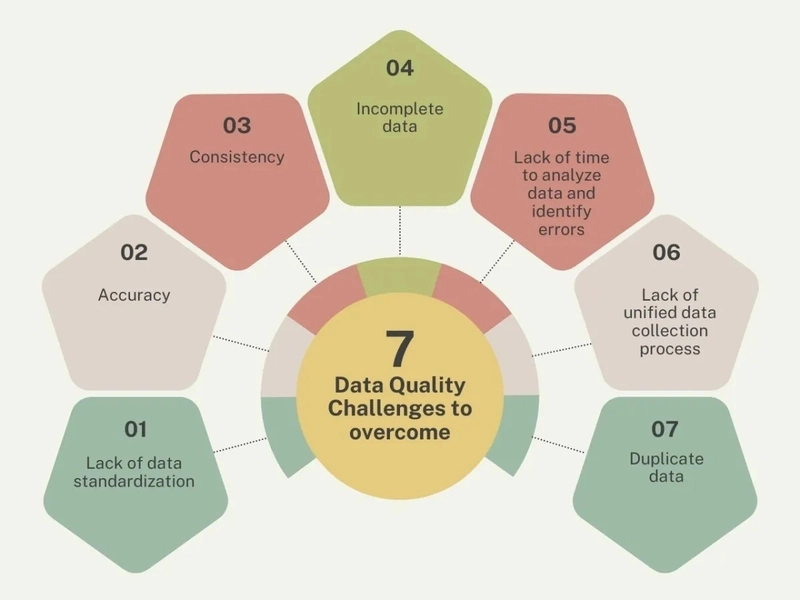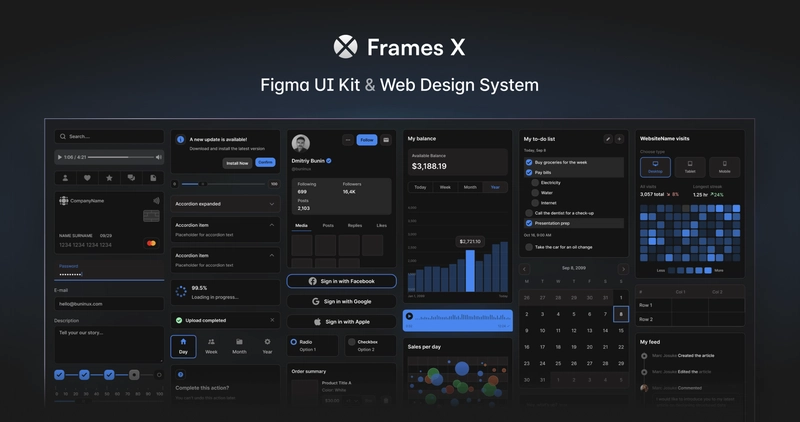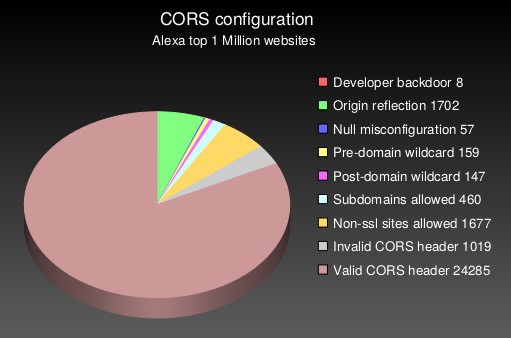Smart Textiles 2.0: How the Square Rug Became a Tech Device
We’re used to seeing technology upgrade our phones, cars, and even refrigerators—but what about rugs? Surprisingly, the square rug is getting a smart upgrade, and it might be one of the most interesting entries into the world of smart textiles and IoT. The Square Rug as a Sensor Platform Smart home devices are becoming more ambient—more invisible—and rugs are uniquely positioned for that. With the right materials and sensor tech, a square rug can function as a pressure-sensitive interface, tracking things like: Presence detection Gait patterns Fall detection Room activity heatmaps All of this is possible thanks to pressure sensors, conductive threads, and microcontroller integration. Think of it like embedding a low-profile layer of computer vision—except without the privacy concerns of cameras. Possible Use Cases Let’s take a look at how a developer or startup could leverage this concept: Home automation trigger: Stepping onto the rug activates routines (e.g. “Good Morning” scene with lights and coffee). Health tracking: Subtle changes in walking patterns can be logged and analyzed—useful for elderly care. Energy harvesting: Some experimental fabrics convert foot traffic into small electrical charges. Dev Angle: What’s Under the Hood? From a technical perspective, here's how you'd build a basic prototype: Pressure matrix grid using FSRs or piezoresistive fabric Microcontroller (ESP32, Raspberry Pi Pico W, etc.) Wireless communication via MQTT, BLE, or Wi-Fi Optional: haptic motors or RGB strips for feedback Pair it with an MQTT broker like Mosquitto and a Node-RED dashboard, and you’ve got a real-time floor-based event system. You could even add basic posture recognition using machine learning models like TinyML on-device. Combine that with Home Assistant, and suddenly your square rug is part of your automation stack. Design Meets Dev The challenge is blending form and function. Developers working with designers (or learning textile fabrication themselves) can build functional yet unobtrusive interfaces. Conductive yarns, flexible PCBs, and even washable electronics are maturing to the point where DIYers and indie hardware hackers can experiment affordably. What’s Next? As homes get smarter, and as we strive for more ambient, non-invasive tech, the square rug might become part of the fabric (literally) of next-gen user interfaces. It’s not flashy, but it’s functional—and very developer-friendly. TL;DR Square rugs can now embed sensors for smart home and health applications. They're part of the smart textile movement and can tie into platforms like Home Assistant. DIY-friendly with microcontrollers, pressure sensors, and open-source ecosystems. Ambient computing needs discreet interfaces—and this is one of them.

We’re used to seeing technology upgrade our phones, cars, and even refrigerators—but what about rugs? Surprisingly, the square rug is getting a smart upgrade, and it might be one of the most interesting entries into the world of smart textiles and IoT.
The Square Rug as a Sensor Platform
Smart home devices are becoming more ambient—more invisible—and rugs are uniquely positioned for that. With the right materials and sensor tech, a square rug can function as a pressure-sensitive interface, tracking things like:
- Presence detection
- Gait patterns
- Fall detection
- Room activity heatmaps
All of this is possible thanks to pressure sensors, conductive threads, and microcontroller integration. Think of it like embedding a low-profile layer of computer vision—except without the privacy concerns of cameras.
Possible Use Cases
Let’s take a look at how a developer or startup could leverage this concept:
Home automation trigger: Stepping onto the rug activates routines (e.g. “Good Morning” scene with lights and coffee).
Health tracking: Subtle changes in walking patterns can be logged and analyzed—useful for elderly care.
Energy harvesting: Some experimental fabrics convert foot traffic into small electrical charges.
Dev Angle: What’s Under the Hood?
From a technical perspective, here's how you'd build a basic prototype:
Pressure matrix grid using FSRs or piezoresistive fabric
- Microcontroller (ESP32, Raspberry Pi Pico W, etc.)
- Wireless communication via MQTT, BLE, or Wi-Fi
- Optional: haptic motors or RGB strips for feedback
Pair it with an MQTT broker like Mosquitto and a Node-RED dashboard, and you’ve got a real-time floor-based event system.
You could even add basic posture recognition using machine learning models like TinyML on-device. Combine that with Home Assistant, and suddenly your square rug is part of your automation stack.
Design Meets Dev
The challenge is blending form and function. Developers working with designers (or learning textile fabrication themselves) can build functional yet unobtrusive interfaces. Conductive yarns, flexible PCBs, and even washable electronics are maturing to the point where DIYers and indie hardware hackers can experiment affordably.
What’s Next?
As homes get smarter, and as we strive for more ambient, non-invasive tech, the square rug might become part of the fabric (literally) of next-gen user interfaces. It’s not flashy, but it’s functional—and very developer-friendly.
TL;DR
Square rugs can now embed sensors for smart home and health applications.
They're part of the smart textile movement and can tie into platforms like Home Assistant.
DIY-friendly with microcontrollers, pressure sensors, and open-source ecosystems.
Ambient computing needs discreet interfaces—and this is one of them.





































































































































































![[The AI Show Episode 145]: OpenAI Releases o3 and o4-mini, AI Is Causing “Quiet Layoffs,” Executive Order on Youth AI Education & GPT-4o’s Controversial Update](https://www.marketingaiinstitute.com/hubfs/ep%20145%20cover.png)




























































































































![[DEALS] Microsoft 365: 1-Year Subscription (Family/Up to 6 Users) (23% off) & Other Deals Up To 98% Off – Offers End Soon!](https://www.javacodegeeks.com/wp-content/uploads/2012/12/jcg-logo.jpg)




![From Art School Drop-out to Microsoft Engineer with Shashi Lo [Podcast #170]](https://cdn.hashnode.com/res/hashnode/image/upload/v1746203291209/439bf16b-c820-4fe8-b69e-94d80533b2df.png?#)




















![Re-designing a Git/development workflow with best practices [closed]](https://i.postimg.cc/tRvBYcrt/branching-example.jpg)




















































































(1).jpg?#)






























_Inge_Johnsson-Alamy.jpg?width=1280&auto=webp&quality=80&disable=upscale#)
































































































![What Google Messages features are rolling out [May 2025]](https://i0.wp.com/9to5google.com/wp-content/uploads/sites/4/2023/12/google-messages-name-cover.png?resize=1200%2C628&quality=82&strip=all&ssl=1)














![New Apple iPad mini 7 On Sale for $399! [Lowest Price Ever]](https://www.iclarified.com/images/news/96096/96096/96096-640.jpg)
![Apple to Split iPhone Launches Across Fall and Spring in Major Shakeup [Report]](https://www.iclarified.com/images/news/97211/97211/97211-640.jpg)
![Apple to Move Camera to Top Left, Hide Face ID Under Display in iPhone 18 Pro Redesign [Report]](https://www.iclarified.com/images/news/97212/97212/97212-640.jpg)
![Apple Developing Battery Case for iPhone 17 Air Amid Battery Life Concerns [Report]](https://www.iclarified.com/images/news/97208/97208/97208-640.jpg)





































































































